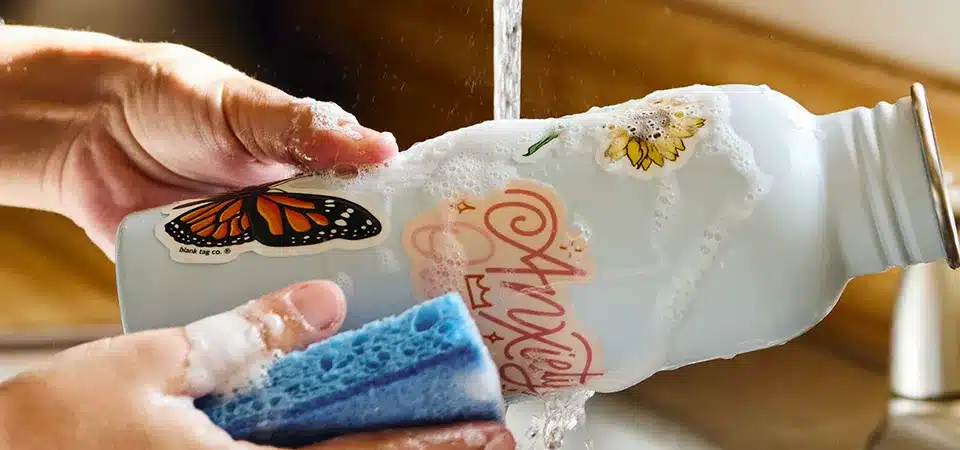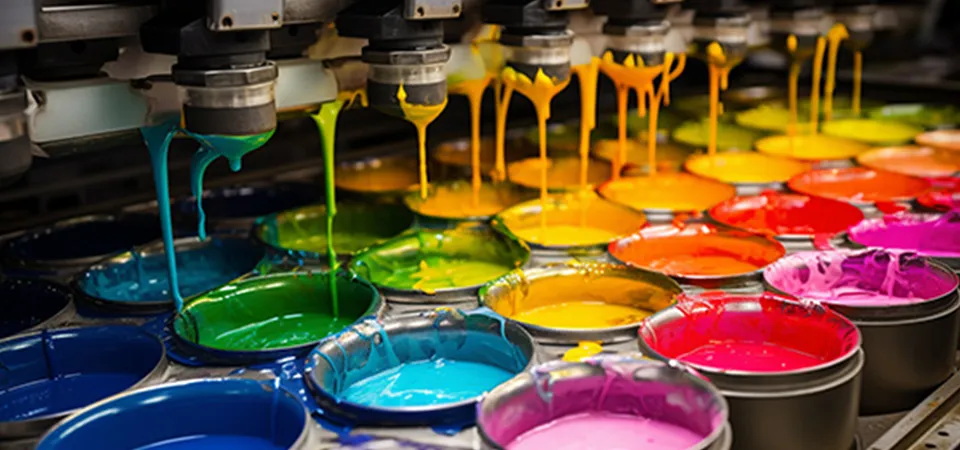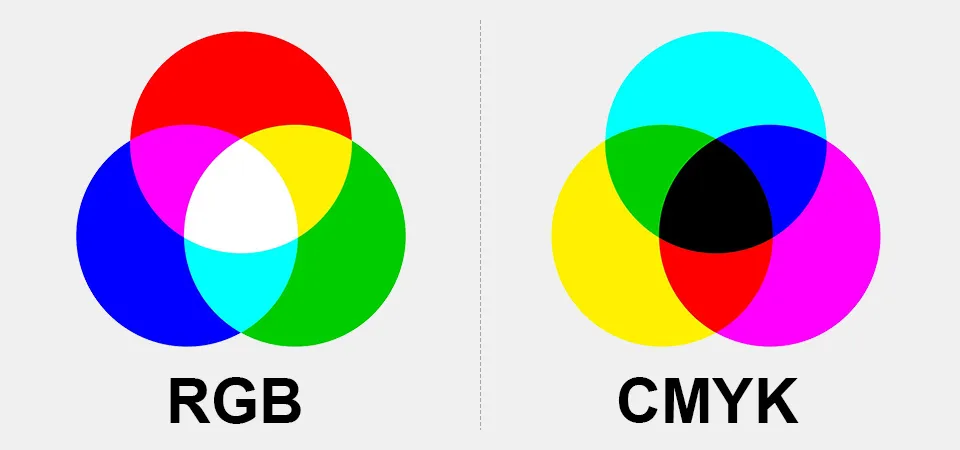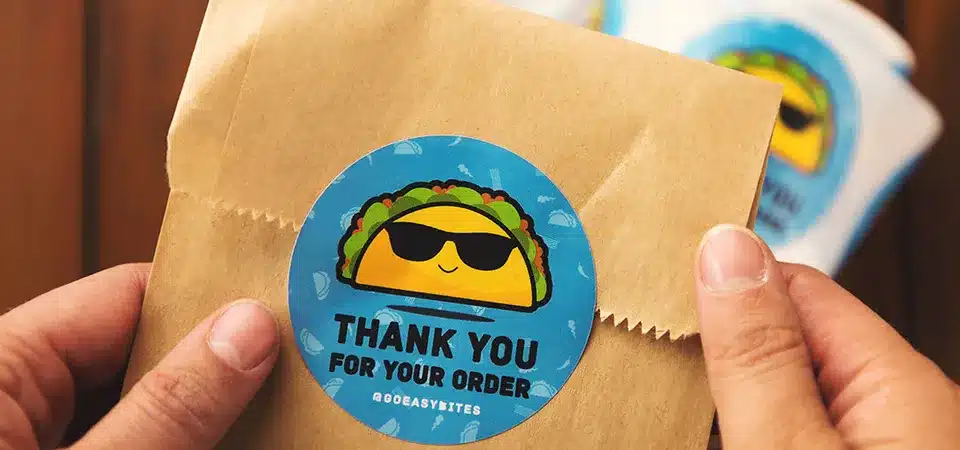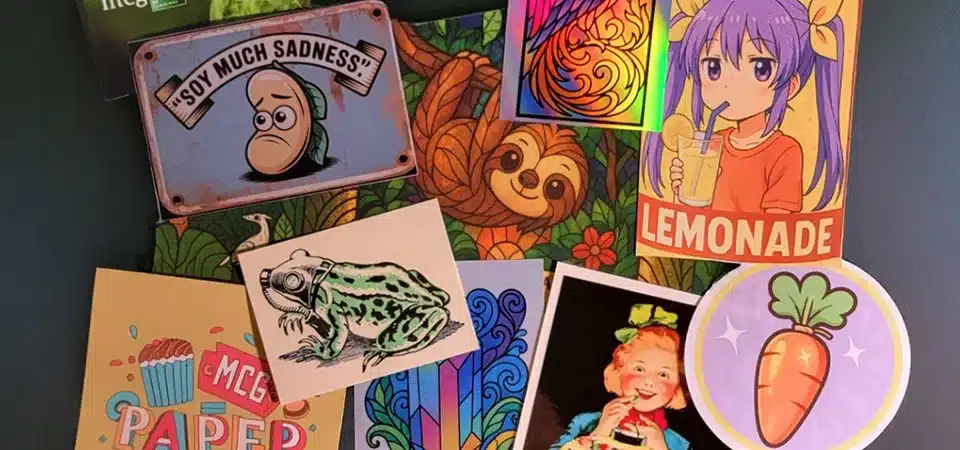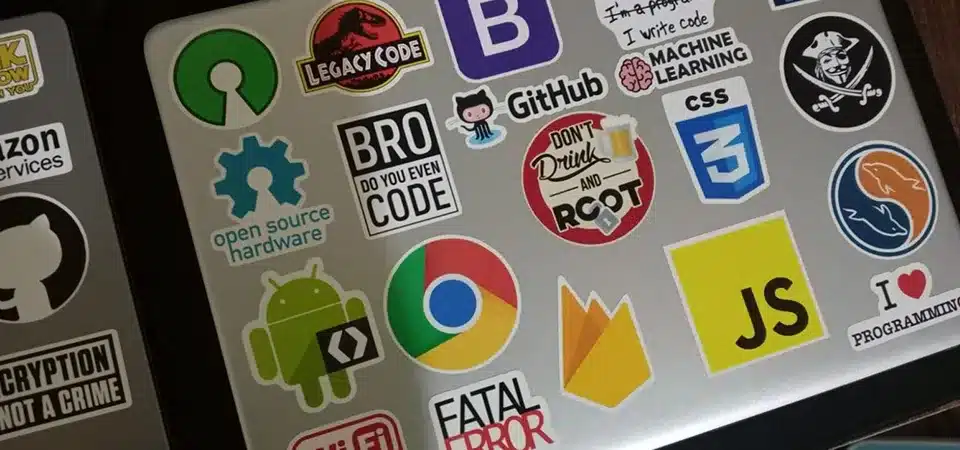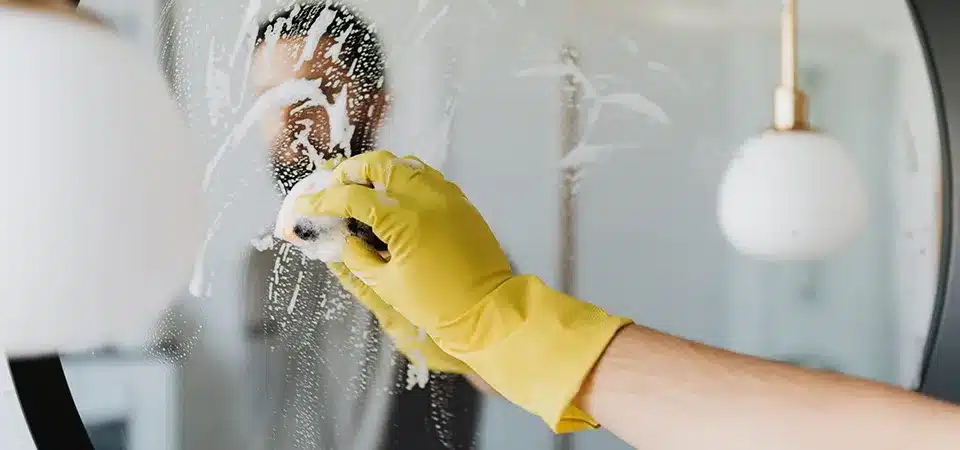You put your beautifully designed sticker on a water bottle, but one wash cycle destroys it. The sticker is now a faded, peeling mess, making your product or personal item look cheap.
To make stickers dishwasher-safe, you must print on waterproof vinyl paper with pigment or laser ink and seal it with a protective laminate. This creates a durable barrier against the high heat, intense water pressure, and harsh detergents of a dishwasher.
As someone who prints stickers for a living, I get this question all the time. People think "waterproof" is enough, but a dishwasher is a battlefield of heat, chemicals, and high-pressure water jets. A sticker needs more than just a waterproof label; it needs armor. Let's break down exactly what you need to create a sticker that can survive the wash, day after day.
What makes a sticker dishwasher-safe?
You bought "waterproof" sticker paper, but your designs still bled and peeled in the dishwasher. Now you're frustrated, and your project is stalled. What went wrong?
A truly dishwasher-safe sticker requires three key elements working together: waterproof printable vinyl as the base, ink that won't run (pigment-based or laser), and a tough protective laminate or sealant on top.
From my experience, if any one of these three components is missing, the sticker will fail. It’s a complete system. I had a client who used our best vinyl and laminate but printed with the wrong ink. The colors bled out from under the laminate, creating a cloudy mess. You need all three parts to be right.
Printable vinyl sticker paper
This is your foundation. Standard paper stickers turn to pulp when they get wet. You must start with a material that is inherently waterproof, and that means plastic. Printable vinyl is the industry standard. It’s durable, doesn't tear, and won’t absorb water. BOPP is another great option often used for product labels, but for DIY projects, vinyl is usually easier to find and work with.
Pigment-based or laser ink
This is where most DIY sticker projects go wrong. Most standard home inkjet printers use dye-based inks. These inks are water-soluble and will bleed instantly when wet. You need to use either a printer with pigment-based ink, which bonds to the surface of the vinyl, or a laser printer. Laser printers use toner, a plastic powder that is melted onto the paper, making it naturally water-resistant.
Protective laminate or sealant
This is the final shield. The laminate is a clear layer that goes over your printed design. It protects the ink from being physically scratched off by the dishwasher's water jets or chemically broken down by the detergent. It also adds UV protection to keep the colors from fading. A sticker without a laminate is like a knight going into battle without a shield.
How can you choose a sealing method for your stickers?
You know you need to seal your stickers, but the options are overwhelming. A laminating machine seems expensive, but will cheap options like packing tape even work and look professional?
For professional-grade results, use self-adhesive laminate sheets. For quick DIY projects, clear contact paper or even packing tape can offer temporary protection. Spray sealants and epoxy provide durable but more complex alternatives.
The sealing method you choose depends on your budget, the tools you have, and the level of durability you need. I've seen customers try everything. Here’s a breakdown of the most common methods, from quick fixes to professional-grade solutions.
| Sealing Method | Durability | Ease of Use | Professional Look | My Advice |
|---|---|---|---|---|
| 1. Self-adhesive laminate | High | Easy | Excellent | The best all-around choice for professional, durable results without a machine. |
| 2. Thermal laminating machine | High | Medium | Excellent | Great if you have the machine, but not necessary for most people. |
| 3. Clear-coat sealant (spray) | Medium | Medium | Good | Can work well, but requires multiple thin coats and good ventilation. |
| 4. Epoxy resin coating | Very High | Hard | Excellent | Creates a beautiful, thick dome but is messy and takes practice to get right. |
| 5. Transparent contact paper | Low-Medium | Easy | Fair | A decent DIY substitute for self-adhesive laminate, but not as durable. |
| 6. Cover with packing tape | Low | Very Easy | Poor | The quickest fix for a one-off item. Will not last many wash cycles. |
| 7. Self-laminated vinyl | High | Easy | Excellent | This is an all-in-one product, but can be more expensive and harder to find. |
A customer once used packing tape for her small business's mug stickers. It looked okay at first, but after a few customer complaints about the tape peeling, she switched to self-adhesive laminate sheets. Her problem was instantly solved, and her brand's perceived quality went way up. For selling products, the professional laminate is the only way to go.
What are the most common questions about waterproof stickers?
You're ready to start, but some key questions are holding you back. Can you use your Cricut? What's the best paper to buy? Answering these questions now will save you time and money.
Yes, you can use a Cricut. The best paper is waterproof printable vinyl. And you can use a regular inkjet printer, but only if it contains pigment-based ink, not standard dye-based ink.
These are the exact questions people ask me before they place an order or start a DIY project. Getting these details right is the difference between success and a drawer full of useless, smudged stickers.
Can you use a Cricut machine to make waterproof stickers?
Absolutely. But it's important to understand the Cricut's role. A Cricut machine is for cutting, not printing. The process is called "Print Then Cut." You first print your designs onto a full sheet of waterproof vinyl using your inkjet or laser printer. Then, after applying the laminate, you place the entire sheet on the Cricut mat, and the machine reads the registration marks and cuts out your sticker shapes perfectly.
Are vinyl stickers waterproof?
The vinyl material itself is waterproof plastic. However, a "sticker" is a system of material, ink, and adhesive. If you print on vinyl with the wrong (dye-based) ink, the sticker as a whole is not waterproof because the ink will run. So, a vinyl sticker is only waterproof if printed with waterproof ink and ideally sealed with a laminate.
What’s the difference between waterproof and water-resistant stickers?
This is a critical distinction.
- Water-resistant: Can survive minor splashes, rain, or being wiped with a damp cloth. The ink won't smear from a bit of moisture. Most professionally printed stickers are at least water-resistant.
- Waterproof / Dishwasher-safe: Can be fully submerged in water for extended periods and can withstand the intense environment of a dishwasher. This requires the full system: vinyl + proper ink + laminate.
What is the best sticker paper for making waterproof stickers?
The best choice for DIY projects is a high-quality printable vinyl designed for your type of printer (inkjet or laser). Look for products explicitly labeled "waterproof printable vinyl." Brand matters, as some cheaper options have weak adhesives that peel when heated in the dishwasher.
Can I print waterproof stickers with a regular printer?
Yes, but with a big "if." If you have a laser printer, you're in good shape, as the toner is naturally very water-resistant. If you have an inkjet printer, you must check if it uses pigment-based ink. Many standard home office printers from brands like Canon and HP use dye-based inks, which will fail. Some photo printers and Epson models are more likely to use pigment inks. Always check your printer's specs before buying paper.
Conclusion
To make truly dishwasher-safe stickers, use waterproof vinyl, print with pigment or laser ink, and seal it with a quality laminate. This three-part system provides a bulletproof solution for your products.

